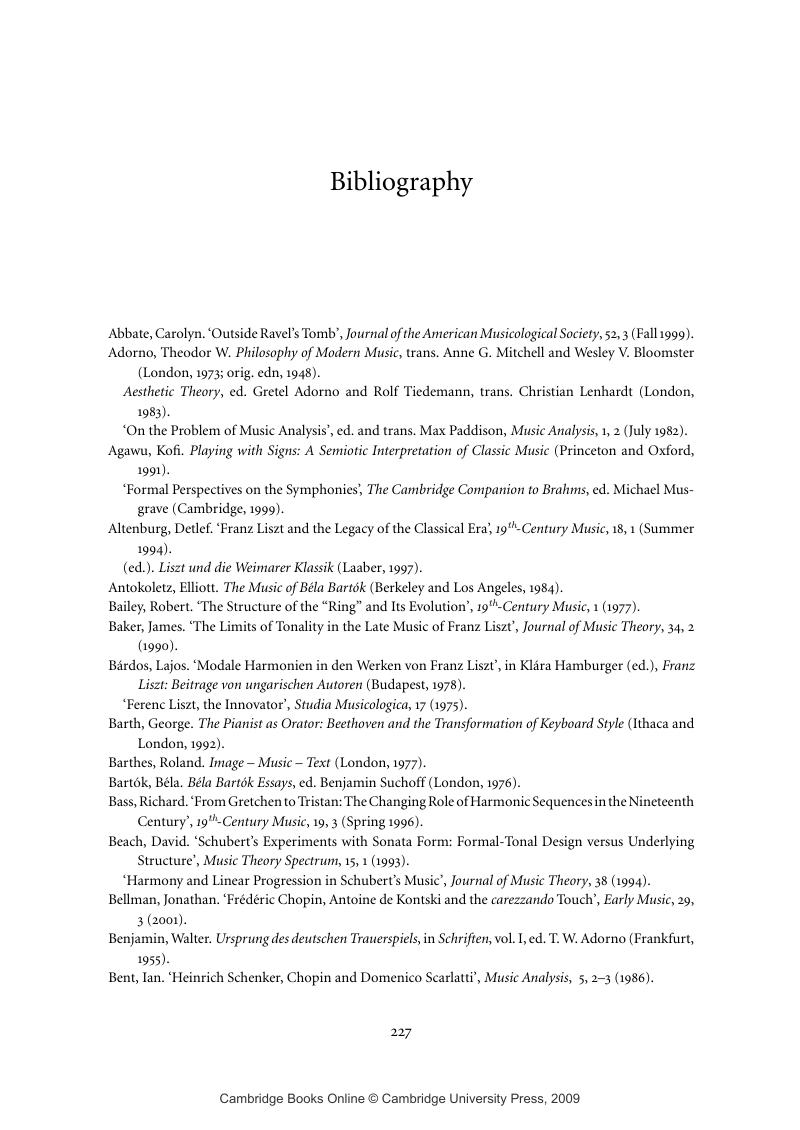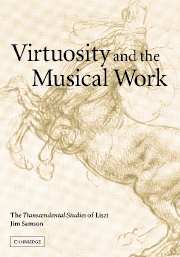Bibliography
Published online by Cambridge University Press: 22 September 2009
Summary

- Type
- Chapter
- Information
- Virtuosity and the Musical WorkThe Transcendental Studies of Liszt, pp. 227 - 234Publisher: Cambridge University PressPrint publication year: 2003

